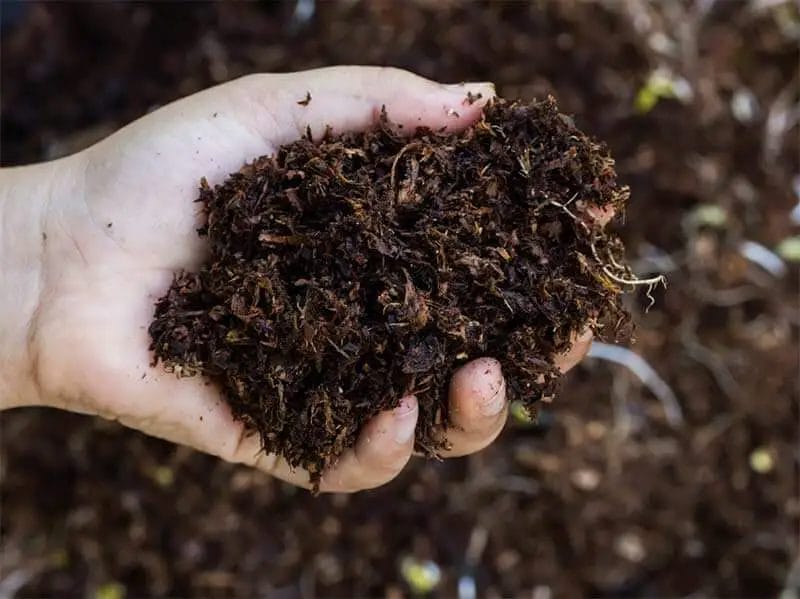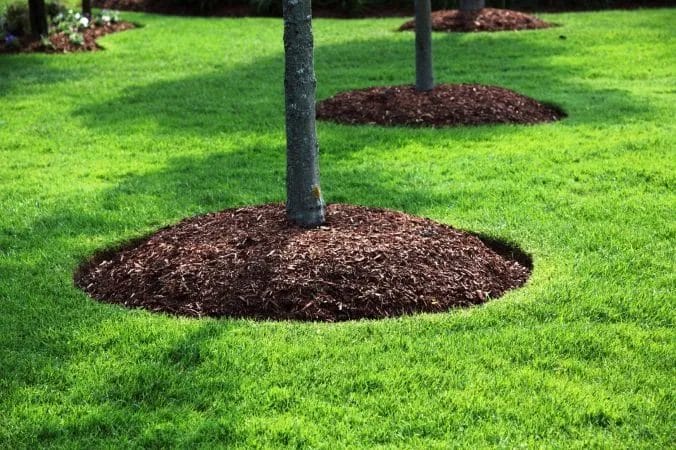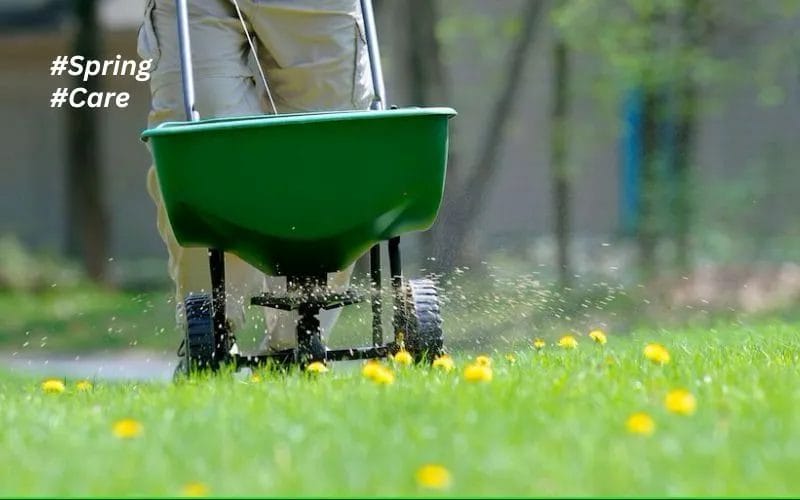
Just as the flowers bloom and the days grow longer, it’s time for you to spring into action with your lawn and landscape care. This guide will provide you with the important steps you need to revitalize your outdoor space, from fertilization to weed control and everything in between. Whether you’re a seasoned gardener or a novice, following this comprehensive checklist will ensure that your yard thrives throughout the warmer months. For an in-depth look at effective techniques, check out Spring Lawn & Landscape Care: Essential Tips for a Thriving Yard
Preparing Your Lawn for Spring
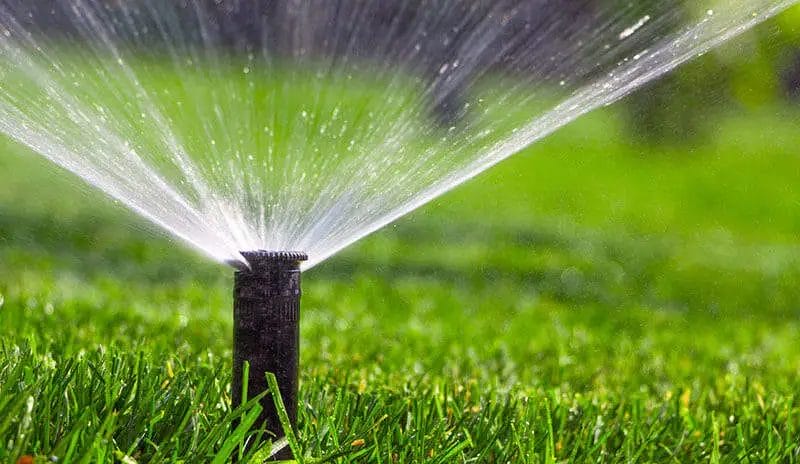
As spring approaches, it’s time to give your lawn the attention it needs to thrive. Preparing your lawn involves several key steps that will help promote healthy growth and a lush landscape. By taking the time to prep your lawn now, you set the foundation for a vibrant outdoor space throughout the season.
Clearing Debris
Along with the melting snow and warmer temperatures, your lawn may be cluttered with fallen leaves, branches, and other debris. This has to be removed to prevent pests and diseases from affecting your grass. Begin by raking your yard thoroughly, ensuring that you clear away any clutter that could obstruct the sunlight or air circulation vital for your grass’s health.
Soil Testing and Preparation
Preparing your lawn for spring also includes testing and amending your soil. A soil test will provide you with valuable information about your soil’s pH levels and nutrient content. Based on this analysis, you can apply the necessary amendments, such as lime or fertilizers, which will help create the ideal environment for your grass to flourish.
Considering soil testing is crucial for optimizing your lawn’s health. By knowing your soil’s nutrient profile, you can make informed decisions about which fertilizers or organic amendments to use. A balanced soil will enhance your grass’s growth and resilience, allowing you to tackle the challenges of changing weather and environmental conditions as the season unfolds.
Lawn Care Techniques
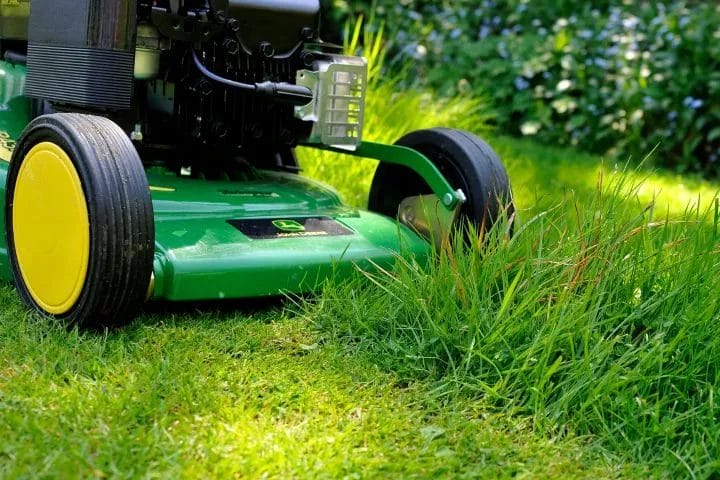
You can achieve a lush, green lawn this spring by implementing effective lawn care techniques. Focus on maintaining proper mowing heights, watering schedules, and pest management practices. For detailed guidance.
Aeration and Overseeding
Below, you’ll find that aeration and overseeding are crucial techniques to enhance the health of your lawn. Aeration loosens compacted soil and improves water, nutrient, and air penetration. Following up with overseeding helps to fill in bare patches and introduces new grass varieties, promoting resilience and a thicker lawn overall.
Fertilization and Nutrient Management
By understanding how to fertilize effectively, you can support your lawn’s growth throughout spring. Apply a balanced fertilizer that meets the specific nutrient needs of your grass type. Timing is also key, as early spring is ideal for feeding your lawn, allowing it to take full advantage of the nutrients before summer’s heat.
A healthy lawn relies on proper nutrient management to flourish. Assess your soil’s nutrient levels through testing, and choose fertilizers rich in nitrogen, phosphorus, and potassium. Regular application of organic matter, such as compost, can enhance soil structure and improve moisture retention, setting your lawn up for vibrant growth throughout the season.
Weed Control Strategies
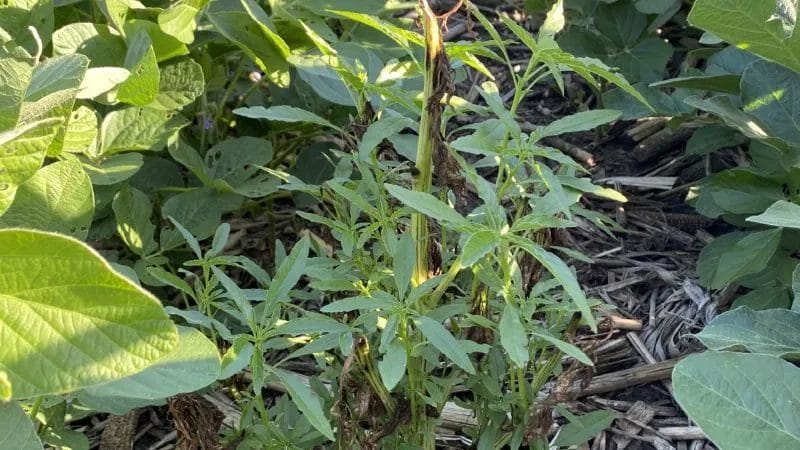
If you want a lush lawn this spring, effective weed control is necessary. Begin by identifying common weeds early in the season to prevent them from establishing in your landscape. You can find more information in a guide to spring lawn and landscaping bed care.
Identifying Common Weeds
About the weeds you are likely to encounter include dandelions, crabgrass, and clover. Familiarizing yourself with their appearance will help you spot them quickly and take action before they spread throughout your lawn.
Application of Pre-emergent and Post-emergent Herbicides
An effective way to combat weed growth is by applying pre-emergent and post-emergent herbicides. Pre-emergents prevent weed seeds from germinating, while post-emergents target existing weeds.
To maximize the effectiveness of your weed control, apply pre-emergent herbicides in early spring before weeds sprout. Make sure to follow the label instructions for timing and application rates. For existing weeds, post-emergent treatments should be applied when the weeds are actively growing. This dual approach ensures that you keep your lawn healthy and minimize weed competition, promoting a vibrant, thriving landscape.
Landscape Maintenance
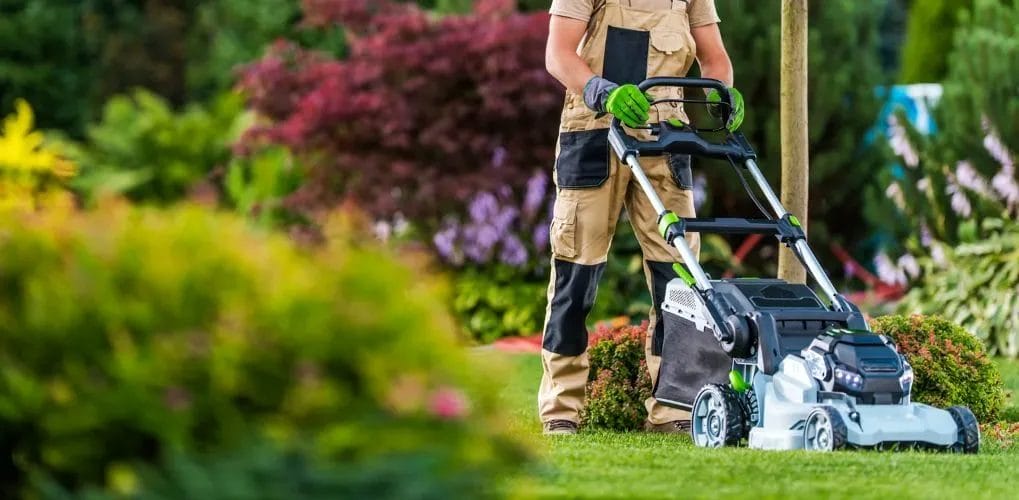
Once again, as spring unfolds, your landscape calls for attention to ensure its beauty and health. Begin by clearing any debris accumulated over the winter and inspect your garden beds for weeds. This is an ideal time to refresh your mulch, providing both aesthetic appeal and insulation for your plants. Regularly monitor your lawn and landscape for pests or disease, as early detection can save your plants from severe damage. With consistent care, your outdoor spaces will thrive throughout the season.
Pruning Trees and Shrubs
Around this time, you should focus on pruning your trees and shrubs to encourage healthy growth. Remove any dead or damaged branches, as well as those that are crossing or crowding your plants. This not only improves air circulation but also promotes a more attractive shape. Pruning now allows your plants to direct their energy into new growth, leading to a lush landscape throughout spring and summer.
Planting Seasonal Flowers and Vegetables
To enrich your landscape, consider planting seasonal flowers and vegetables that thrive in the spring climate. Choosing the right varieties can enhance your garden’s colors and provide fresh produce for your kitchen.
At this stage, you can start by selecting annuals and perennials suited to your local climate. Look for vibrant options like pansies or marigolds for instant color, and consider planting cool-season vegetables such as lettuce, peas, and radishes. Make sure to prepare your soil by tilling and adding compost for nutrients. Position your plants according to their sunlight needs, and watch them flourish as they contribute to your spring landscape while providing fresh options for your meals.
Irrigation and Watering Practices
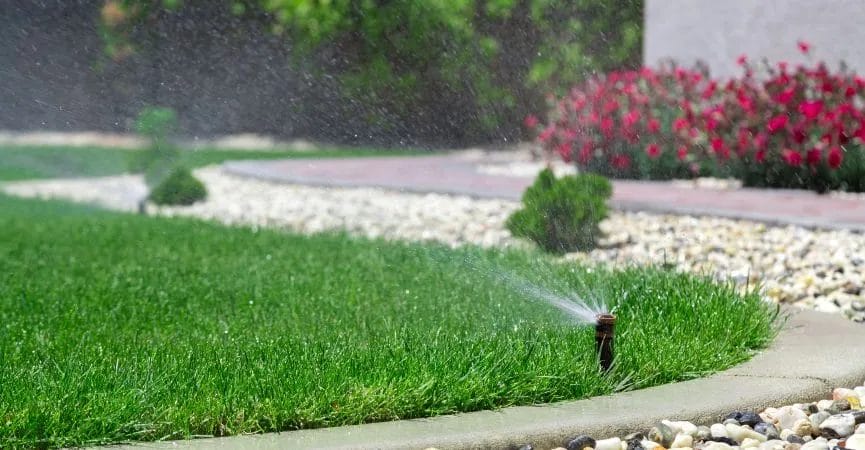
For a healthy and vibrant spring lawn and landscape, effective irrigation and watering practices are necessary. Properly managing water usage not only keeps your plants thriving but also conserves resources. Aim to create an efficient schedule that meets the specific needs of your garden’s diverse flora, considering weather conditions and soil type to maximize your watering efforts.
Setting Up Irrigation Systems
Above all, setting up an efficient irrigation system can simplify your lawn maintenance routine. Consider installing drip irrigation for flower beds, or a sprinkler system for larger areas to ensure even water distribution. Make sure to adjust your system’s timers to account for changing weather patterns and the varying needs of your plants throughout the spring season.
Understanding Watering Needs for Different Plants
To optimize your watering strategy, it’s important to understand the unique needs of each type of plant in your landscape. Different species require varying amounts of water based on their individual characteristics and environment.
With a diverse array of plants in your garden, being mindful of their distinct watering requirements is key to promoting healthy growth. For instance, succulents and drought-tolerant plants thrive on less water, while tropical varieties may need more frequent, thorough watering. Additionally, pay attention to the soil moisture levels; this will help you adjust your watering habits to ensure each plant receives just the right amount it craves for optimal health and vitality.
Pest Management

To ensure your lawn and landscape thrive in spring, effective pest management is vital. As new growth appears, pests become more active, potentially damaging your hard work. Regularly inspect your plants for signs of infestation, and take action early to prevent larger issues down the road. This will help maintain the beauty and health of your outdoor spaces throughout the season.
Common Spring Pests
One of the most common spring pests you may encounter includes aphids, which can sap the vitality of your plants. Additionally, whiteflies and spider mites often appear, and while they may seem harmless at first, they can quickly multiply and cause significant damage. To keep your landscape thriving, staying vigilant is key.
Organic and Chemical Pest Control Options
After identifying the pests affecting your lawn, explore effective pest control options to protect your plants. You can choose organic solutions such as neem oil or insecticidal soap for a more eco-friendly approach. Alternatively, chemical pesticides can provide immediate relief but must be used with caution to ensure safety for your plants and the environment.
Another effective strategy is integrating both organic and chemical methods for a balanced approach. You might start with organic options to manage minor infestations and resort to chemical treatments if pests escalate beyond control. Always follow application instructions, and consider consulting a pest management professional to tailor the best plan for your specific landscape needs. This will help ensure your garden remains healthy and beautiful all spring long.
Final Words
To wrap up, spring is the perfect time for you to rejuvenate your lawn and landscape. By implementing proper techniques like aerating, fertilizing, and trimming, you can create a thriving outdoor space that you’ll enjoy throughout the warmer months. Pay attention to your local climate and specific plant needs to optimize growth and health. With consistent care and attention, your landscape will flourish and become a source of pride for you and your family.


